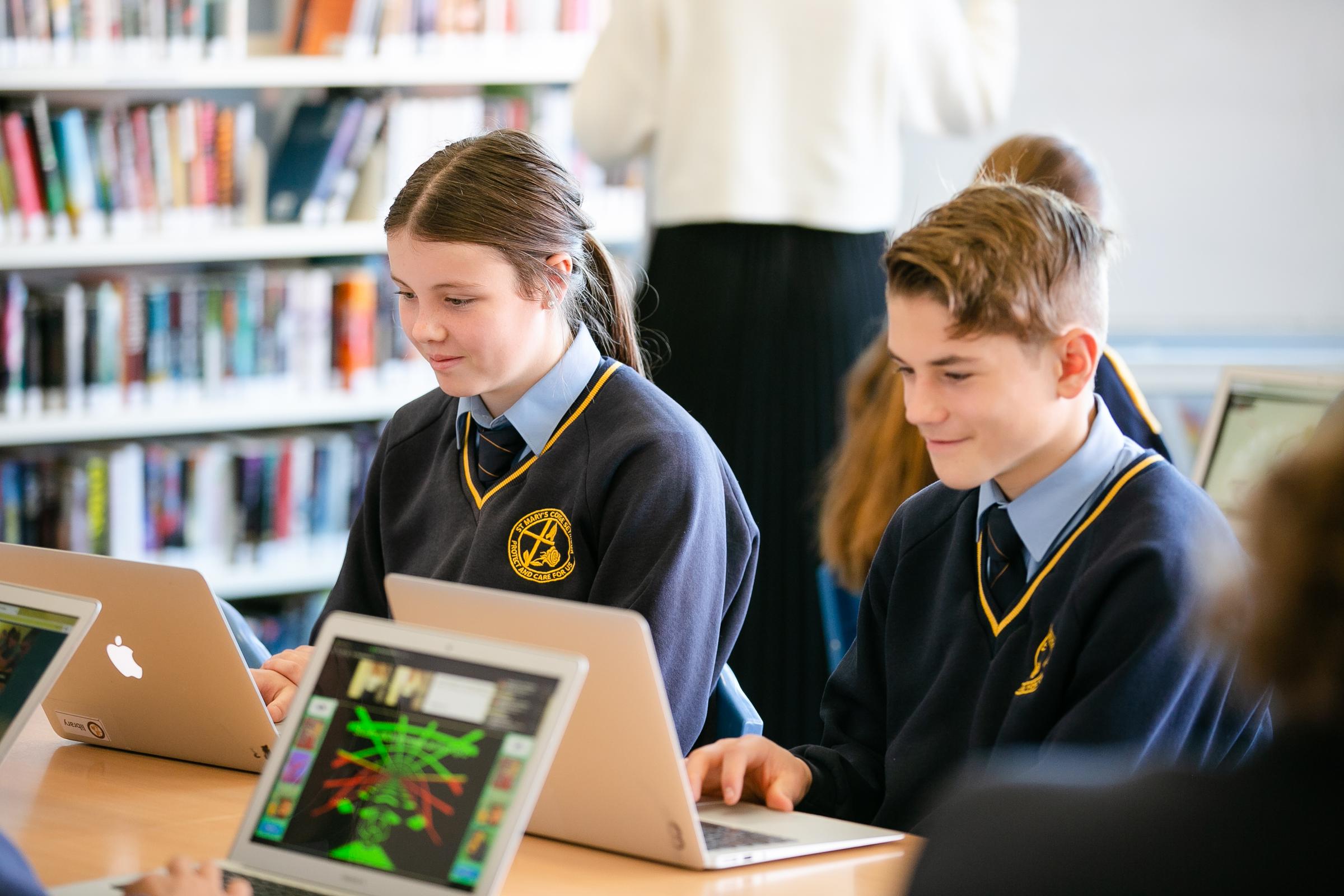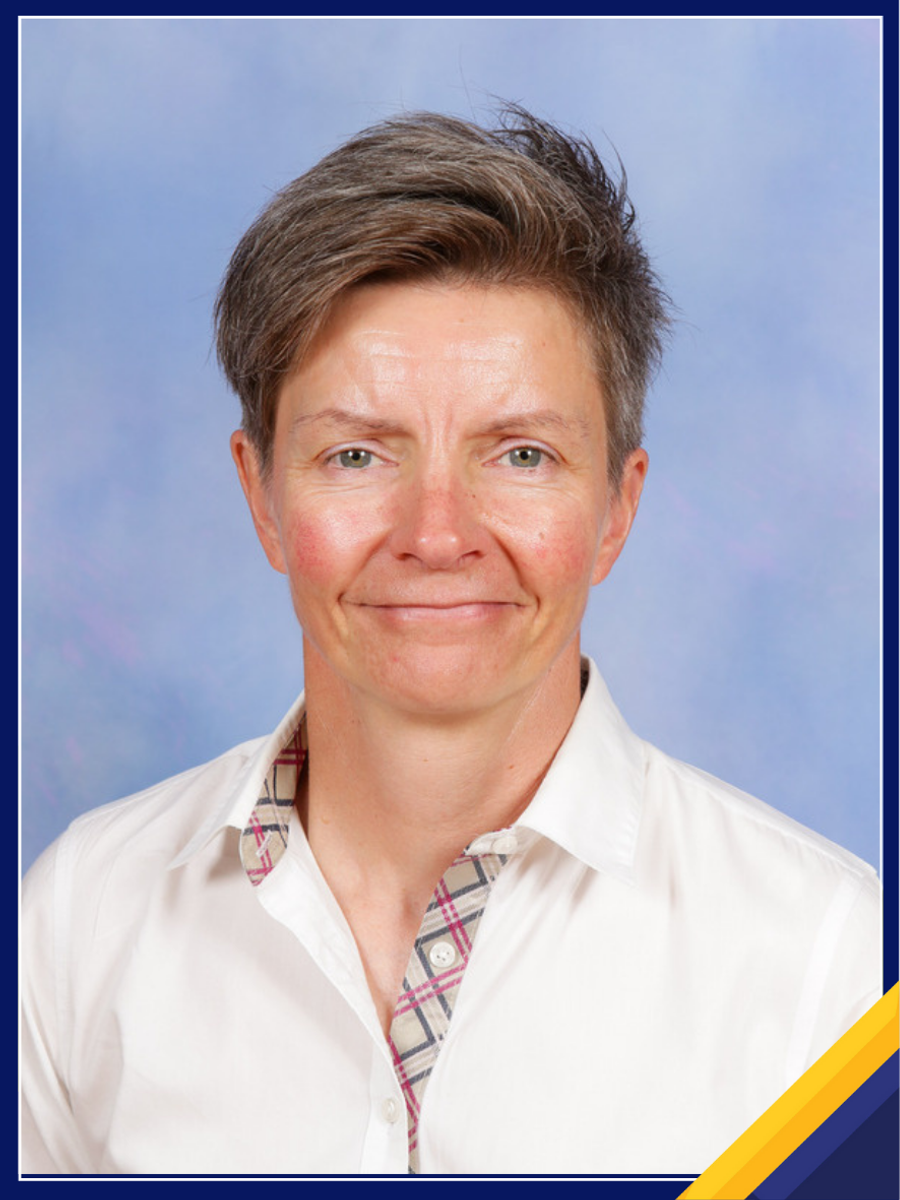Director of Learning & Teaching

Year 10 and 9 Exams:
Year 10 Exams will take place from Monday 18th November to Friday 22nd November. Year 9 Exams will take place from Friday 22nd November to Thursday 28th November.
➡️The exam timetable will be placed on SIMON Daily Notices for students.
How can you help?
Being prepared for exams is a skill which students learn and develop. Spacing out studying for exams, rather than trying to cram it into the evening before is vital. Organising and mapping out available time is key for our young people as they juggle the demands of school, work, sport and family commitments. Have a conversation with your child about which subjects they may be finding more challenging, these will need more repetition and revisiting in the lead up to the exam period. This gives opportunity for the brain to forget and then retrieve key ideas, which helps to embed the learning into the long term memory.
Focusing fully on a study session rather than trying to multitask is vital. We can help by using timers on mobile phones, putting it on silent or keeping it in another room. If a mobile phone can be seen it grabs attention away from the key task of studying.
Providing a quiet spot for study is always really helpful. If your child likes to listen to music try music without lyrics as this can be calming and aid focus.
We encourage our students to speak with classroom teachers regarding topics that they may need extra support with and also to attend lunchtime support sessions on a Tuesday and Thursday. Preparation also includes having the correct equipment. Students need to ensure that they have pens, grey leads, rulers, highlighters and erasers for the exam period. They should also ensure that they have their calculators every day.
The Learning Model – what does this look like at home?
This year our staff have been using evidence-based research to undertake professional development that widens our understanding of how our students learn. Our teachers have collaborated in teams across the College to implement this learning into lessons. This work will continue into 2025 and beyond.
The Learning Model focuses on key concepts about how someone learns. Our key aim is to help our students transfer knowledge through to their long term memory. As we gain more knowledge, we make connections with what we already know. This is called a ‘schema’. We access these ‘schemas’ every time we try to remember something or perform a complex skill. We all have lots of different schema from how to make a cup of tea to putting together flat pack furniture! Supporting our students through this at school can be done in a variety of different ways but how can learning be supported at home?
💧A wide range of outdoor and indoor play activities help to develop vocabulary, resilience, problem solving and independence. These times are really important for development.
💧Our attention develops over time. Shorter bursts of learning activities can then be built up in length as children move into adolescence. This can be helped by providing environments that are as calm and distraction free as possible when we need our children to concentrate their attention to a task.
💧Talking with your child and having opportunities for conversations which cover a range of topics from real-life to imagined helps to develop vocabulary and connections. Thinking aloud about day to day events or books you’re reading help to model this. Forming these connections helps us to develop our ‘schemas’ and move knowledge into our long term memory.
Julia Wood
julia.wood@smseymour.catholic.edu.au

